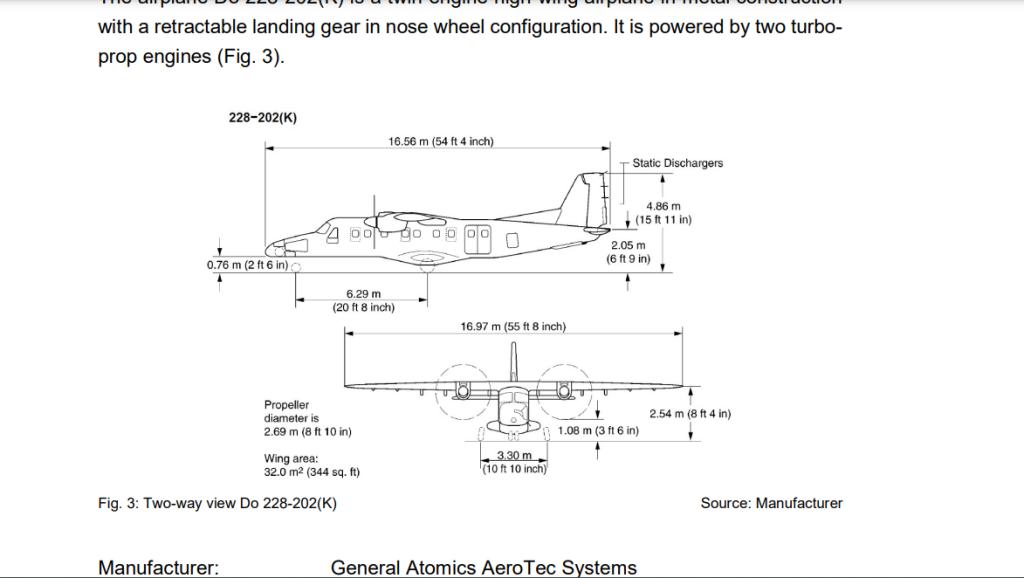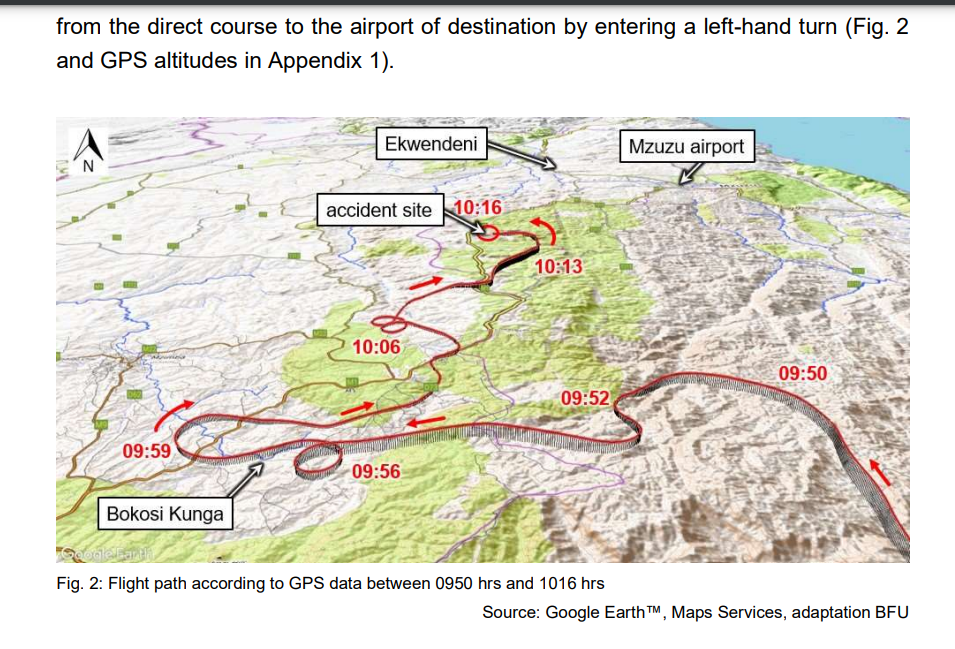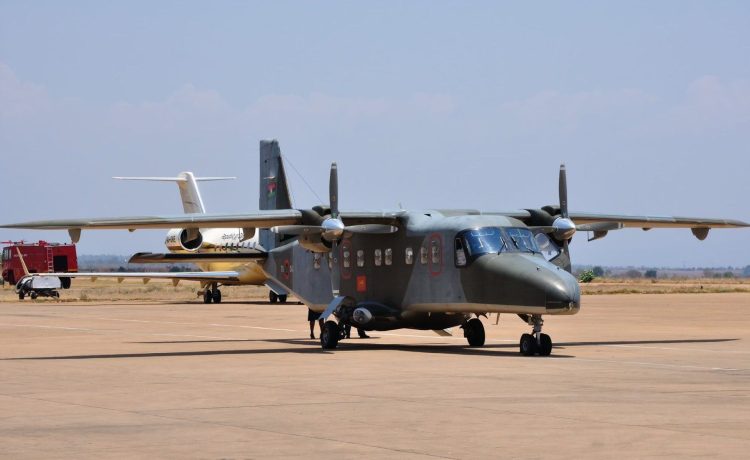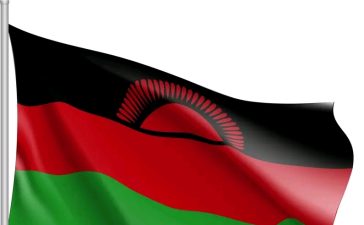Introduction
On June 10, 2024, a tragic accident occurred involving a Dornier 228-202(K) military aircraft operated by the Malawi Air Force. The aircraft, on a domestic flight from Lilongwe-Kamuzu International Airport to Mzuzu Airport, crashed into a hill in the Chikangawa Forest, Malawi. All nine people on board, including three crew members and six passengers, were fatally injured. The accident has prompted an ongoing investigation led by the German Federal Bureau of Aircraft Accident Investigation (BFU) at the request of the Malawian government.
Flight Details and Accident Overview
The flight, intended to transport the Vice President of Malawi and five other passengers from Lilongwe to Mzuzu, faced challenging weather conditions. After departing from Lilongwe at 0916 hrs local time, the aircraft experienced significant deviations from its planned flight path, eventually crashing into a hillside at approximately 1016 hrs. The aircraft was completely destroyed, and a search and rescue operation discovered the wreckage a day later.
Key Findings from the Interim Report
Weather Conditions
The report highlighted adverse weather conditions as a significant factor in the accident. At Mzuzu Airport, weather reports indicated low visibility of less than 8 km, with drizzle and fog near the airport. The cloud cover was dense, with clouds as low as 600 feet AGL. The challenging weather conditions likely contributed to the crew’s difficulties in maintaining their planned flight path and altitude.
Flight Path and Crew Actions
GPS data revealed that the aircraft deviated multiple times from its direct course to Mzuzu Airport. The flight crew performed several altitude changes and multiple turns, particularly between 0950 hrs and 1016 hrs, as they navigated through the challenging terrain and weather conditions. Despite their efforts, the aircraft ultimately descended into the forested hillside which, according to the investigators, is likely due to a combination of spatial disorientation and deteriorating weather conditions.
Aircraft and Crew Information
The Dornier 228-202(K) was a twin-engine, high-wing airplane equipped for instrument flight rules (IFR) operations. The aircraft, built in 1987, had accumulated over 3,492 flight hours. The flight crew consisted of an experienced Pilot in Command (PIC) with over 2,367 flight hours and a co-pilot with 722 flight hours. Both pilots were licensed by the Civil Aviation Authority of South Africa and the Malawi Air Force.

Lack of Flight Recorders
One critical finding was that the aircraft was not equipped with a Cockpit Voice Recorder (CVR) or a Flight Data Recorder (FDR), devices reportedly not required by the current regulations for this type of aircraft. The absence of these recorders limited the investigators’ ability to analyze the final moments of the flight comprehensively. However, the report highlights, the Garmin Aera 760 navigation system on board did provide valuable GPS data, which helped reconstruct the flight path.

Radar and Communication Gaps
The report also pointed out that radar coverage was insufficient at the time of the accident, particularly as the aircraft was flying at a low altitude. Additionally, the radio communications between the flight crew and air navigation services at Lilongwe and Mzuzu Airports were not recorded, further complicating the investigation.
Recommendations
The interim report offered several initial recommendations based on the findings:
- Enhance Weather Reporting and Forecasting: Improve the accuracy and timeliness of weather reporting, particularly in regions with challenging terrain like Mzuzu. Providing real-time updates to pilots could help in making better-informed decisions during flight.
- Mandate Flight Recorders: Recommend that military and civilian aircraft operating in similar conditions be equipped with Cockpit Voice Recorders (CVR) and Flight Data Recorders (FDR), regardless of current regulatory requirements, to aid in future investigations.
- Review and Update Navigation Aids: A thorough review of the navigation aids listed in the Aeronautical Information Publication (AIP) of Malawi is needed. The report discovered that several listed aids, such as the VOR/DME and NDB at Mzuzu Airport, were outdated and had not been in operation for over 15 years.
- Improve Radar Coverage: Expand radar coverage, particularly in regions with significant gaps, to ensure continuous tracking of aircraft, especially during low-altitude flights.
- Pilot Training and Protocols: Enhance pilot training on handling adverse weather conditions, spatial disorientation, and the importance of adhering to IFR protocols, particularly in challenging environments. Additionally, revisit the protocols for decision-making in marginal weather conditions.
- Aircraft Equipment Upgrades: Consider equipping aircraft with more advanced terrain awareness and warning systems (TAWS) and weather radar to provide better situational awareness to pilots












